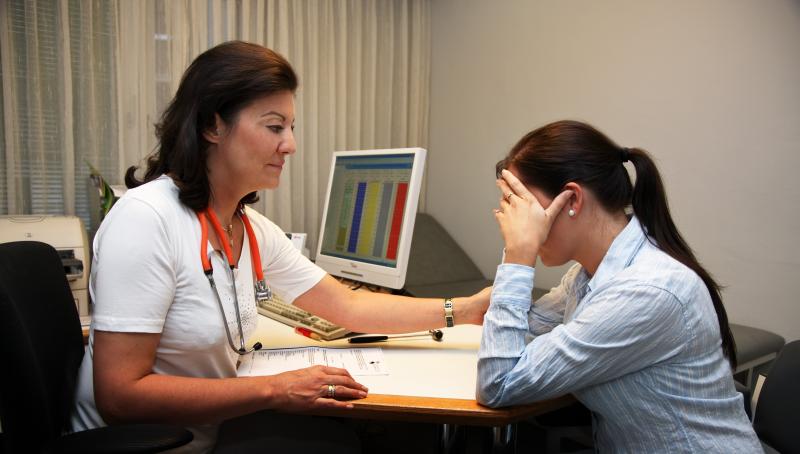
Patients are willing to shoulder some degree of out-of-pocket treatment costs for back and neck pain, a recent study has found. Mechanisms to reduce such payments are expected to improve therapy uptake, especially for nonpharmacologic options.
The study included 1,583 patients undergoing chiropractic care to address chronic low back and neck pain. The primary outcome, willingness to pay (WTP), was measured by surveying patients; thresholds were obtained separately for each type of chronic pain. Other information collected included average pain levels, present function and health insurance coverage.
There were more participants who had chronic low back pain (n=865; mean age, 48.38±14.9 years; 65 percent female) than there were with chronic neck pain (n=718; mean age, 45.56±12.9 years; 82 percent female). In both patient groups, WTP thresholds were higher for decreasing pain to zero than for reducing it by half.
The WTP was $46 per month per 1-point reduction in chronic low back pain intensity, and $37 per month for the corresponding reduction in neck pain. These estimates were made in consideration of current pain intensity.
Regression analysis further confirmed that patients with higher pain levels tended to report higher WTP thresholds to reduce their pain to zero. Every point increase in pain severity correlated with a 6-percent and 7-percent increase in WTP for those with back and neck pain, respectively.
“[C]overage decisions that require continued improvement or documentation [of] clinical deterioration with treatment withdrawal are inconsistent with successful pain management,” said researchers.